A baby’s attachment to a comfort object, often referred to as a security blanket, is a phenomenon that has intrigued parents and experts alike. In this article, we will look into the reasons behind a baby’s attachment to comfort objects. We will also discuss its significance in child development and how parents can support this endearing connection.
Understanding a baby’s attachment to comfort objects is a fascinating glimpse into infant development and emotional regulation. Comfort objects, often referred to as transitional objects or “security blankets,” serve as solace for many babies and toddlers. These cherished items, be it a soft blanket, a toy, or even a piece of clothing, can provide a sense of safety that is important for a baby’s emotional development. In this exploration, we will look into the reasons behind these attachments. We will also discuss the role they play in a child’s growth. Additionally, we will explore how parents can support their little ones in forming healthy emotional connections.
1. What Are Comfort Objects?
Comfort objects, or transitional objects, are soft items like blankets, stuffed animals, or pacifiers that provide comfort and security to infants and young children. These items serve as a source of emotional support and reassurance during stress or separation.
a. The Psychology of Attachment
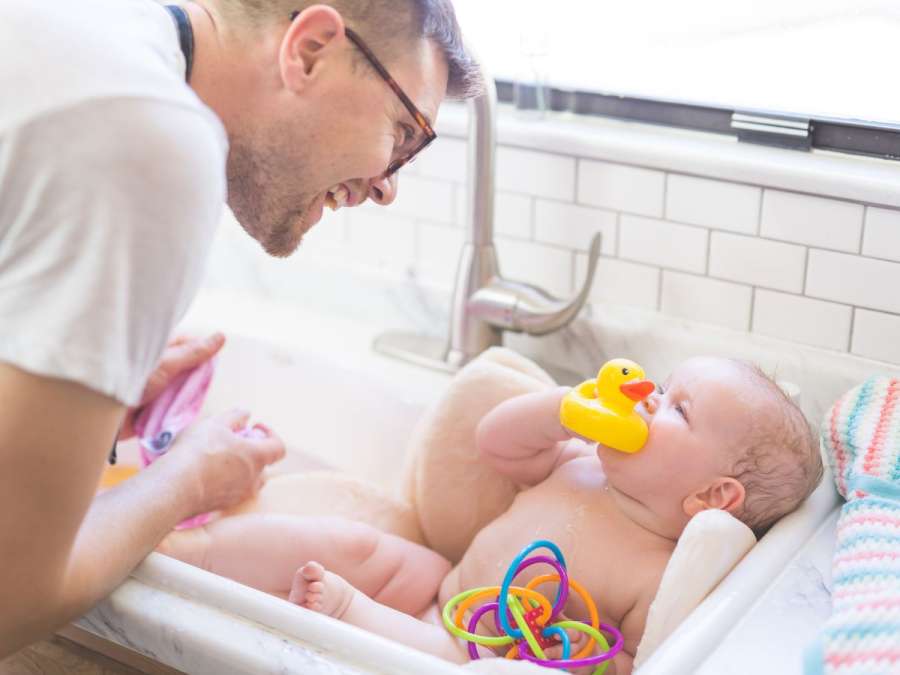
The concept of attachment in psychology, popularized by John Bowlby, emphasizes the emotional bonds formed between children and their caregivers. Comfort objects play a crucial role in this attachment process, bridging the child’s dependence on the caregiver and the development of independence.
2. The Role of Comfort Objects in Child Development
Understanding why babies form attachments to comfort objects is essential to recognize the significance of this connection in their overall development.
a. Self-Soothing and Emotional Regulation
- Comfort in Times of Distress: Comfort objects provide babies with a soothing presence. This helps them self-regulate their emotions when faced with separation from their primary caregivers or stressful situations.
- Sleep Support: These objects are often a key part of a baby’s sleep routine, promoting a sense of calm and security that helps in falling asleep and staying asleep.
b. Transition to Independence
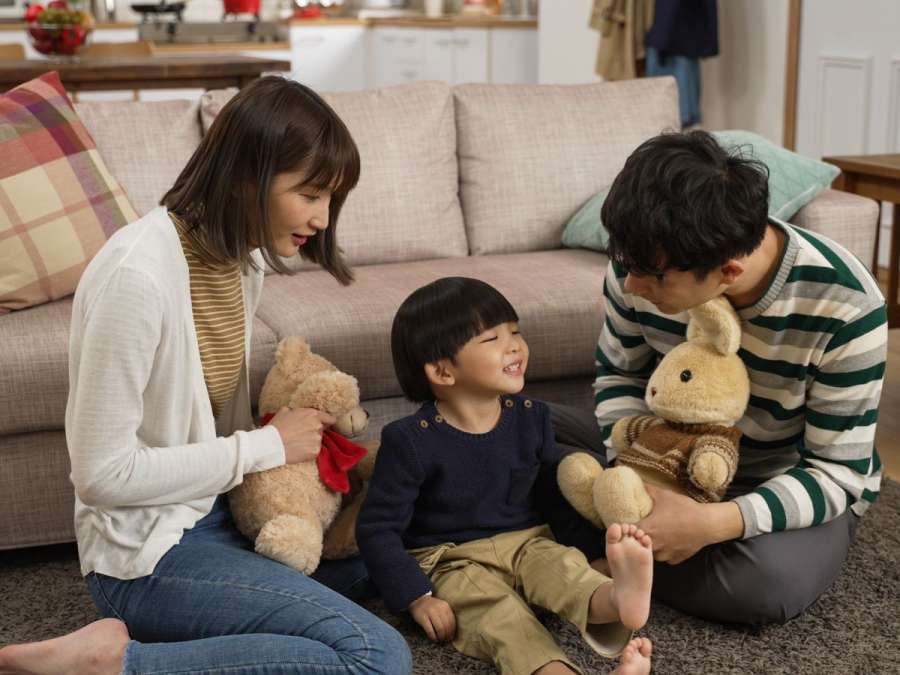
- A Sense of Continuity: Comfort objects offer a consistent and predictable presence in a baby’s life. This eases the transition from dependence on the caregiver to self-soothing and independence.
- Exploration and Social Interaction: Babies with comfort objects are more likely to explore their surroundings and interact socially with peers and caregivers. This gives them a secure base to return to when needed.
3. When Do Babies Form Attachments to Comfort Objects?
Babies typically form attachments to comfort objects in the first few months of life, with individual variations. Several factors influence the development of this bond.
a. Age of Attachment
- Infant Stage: Many babies start forming attachments to comfort objects as early as the infant stage, typically around 6 to 12 months.
- Variability: Some babies may form attachments earlier, while others may take longer to establish this connection.
b. Individual Differences
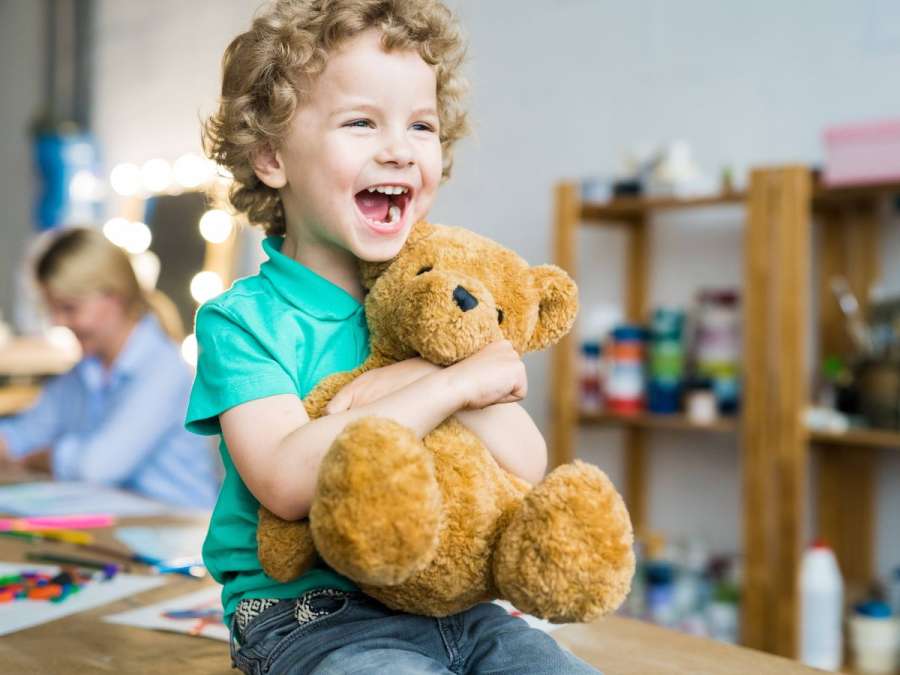
- Temperament: A baby’s temperament and personality play a role in developing this attachment. Some infants are naturally more inclined to seek comfort from external objects.
- Parental Encouragement: Parental support and encouragement can also influence the development of this bond. Parents who introduce comfort objects may see their babies form attachments sooner.
4. How to Choose a Comfort Object
Selecting the right comfort object for your baby is essential to ensure it serves its intended purpose and offers comfort and security.
a. Safety and Comfort
- Softness and Safety: Choose soft, hypoallergenic, and safe materials that are easy to wash and maintain.
- Size and Portability: Opt for a manageable size for your baby to carry and transport as needed.
b. Personalization and Familiarity
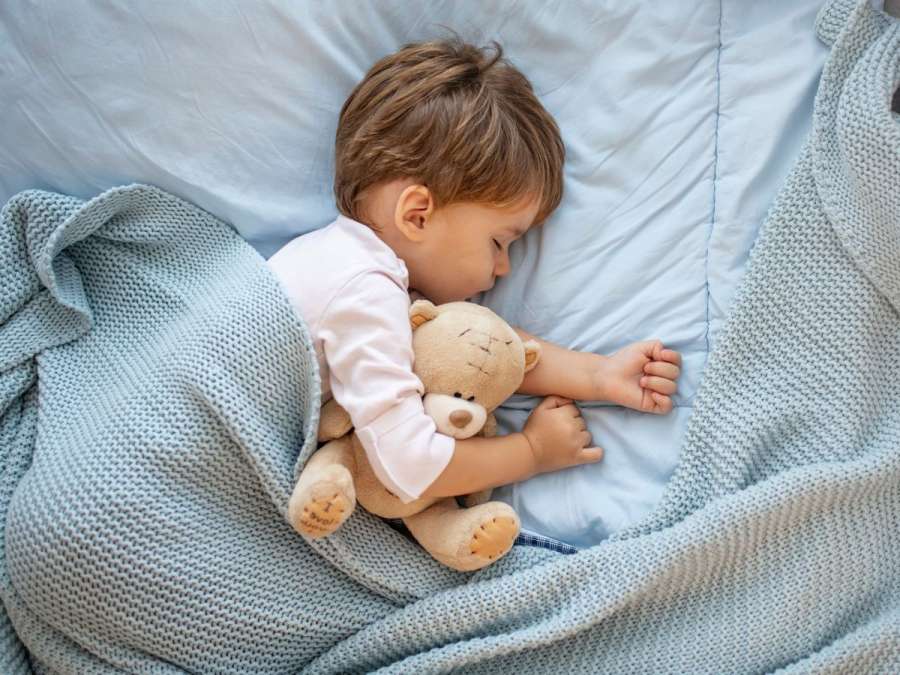
- Child’s Preference: Pay attention to your baby’s cues and preferences when selecting a comfort object. Some babies may favour specific textures, colours, or shapes.
- Accessibility: Ensure the chosen comfort object is readily available for your baby during naps and bedtime.
5. Encouraging a Healthy Attachment to Comfort Objects
While it’s common for babies to form attachments to comfort objects, parents can take steps to build a healthy relationship between children and these items.
a. Limit Usage to Sleep and Stressful Times
- Designated Times: Encourage using comfort objects during sleep, naps, and stressful moments to avoid overreliance on them during all waking hours.
- Gradual Transition: As your child grows, gradually reduce the reliance on comfort objects during waking hours.
b. Offer Emotional Support
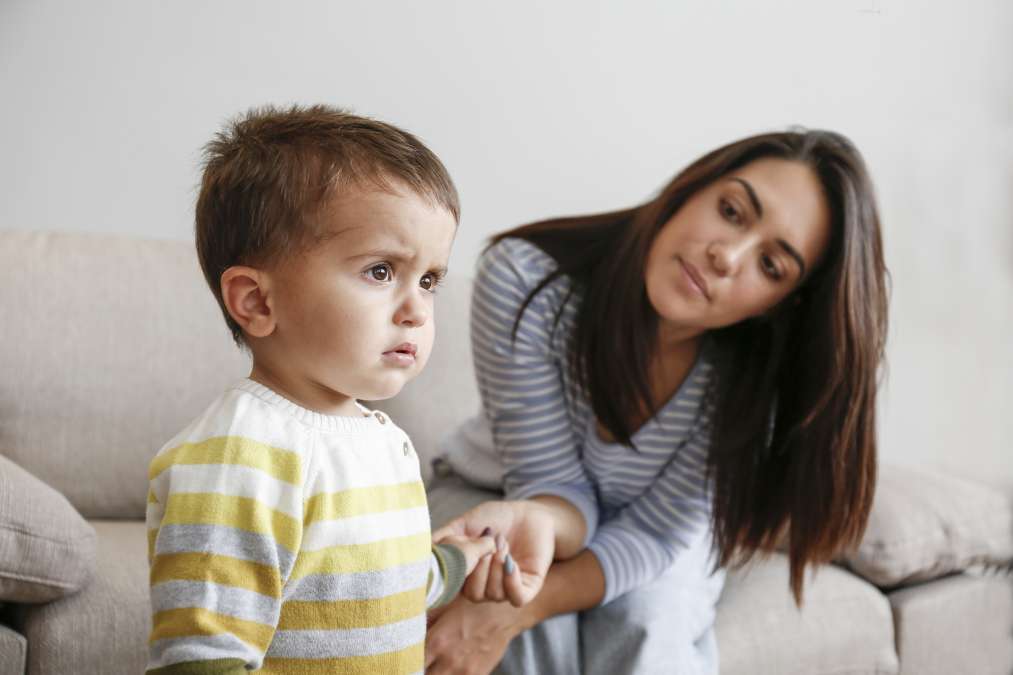
- Parental Comfort: Continue to offer your child emotional support and comfort. Let them know that you are always there to provide reassurance.
- Encourage Coping Skills: Teach your child healthy coping skills and emotional regulation so that they can eventually rely less on comfort objects.
6. When to Be Concerned:Baby’s Attachment To Comfort Objects
While most babies form attachments to comfort objects, it is essential to recognize when this attachment becomes problematic.
a. Age-Inappropriate Attachment
- Prolonged Dependence: If a child’s attachment to a comfort object continues into preschool or school-age years, it may be a cause for concern.
- Social Isolation: If the attachment leads to social isolation or interferes with the child’s ability to interact with peers, it may require intervention.
b. Overuse and Dependency

- Excessive Reliance: If the comfort object is being used excessively and impedes the child’s development of independent coping skills, it may be time to reconsider its usage.
- Emotional Health: Monitor the child’s emotional well-being and behaviour to ensure that a comfort object is a supportive tool rather than a crutch.
A baby’s attachment to comfort objects is a natural and important part of their emotional development. These objects provide comfort, support emotional regulation, and help in the transition to independence. Understanding the role of comfort objects, when to introduce them, and how to encourage a healthy attachment is essential for parents. While it’s common for babies to form these connections, it is equally important to recognize when this attachment might require reassessment and intervention. Ultimately, a well-chosen comfort object can provide comfort and security for your child. It helps them navigate the early stages of life with confidence and resilience.
